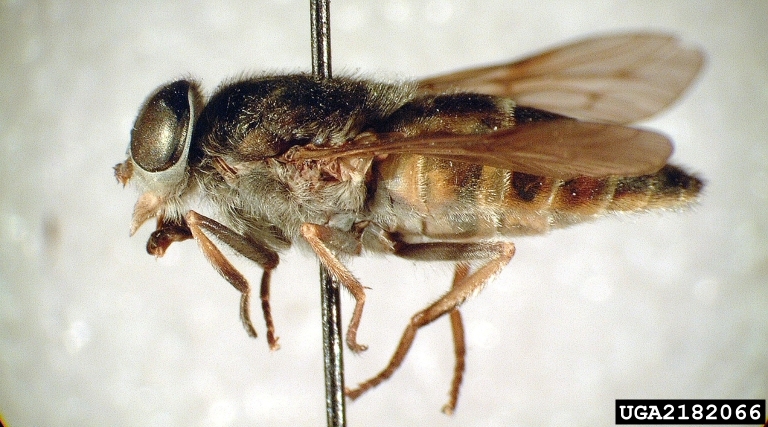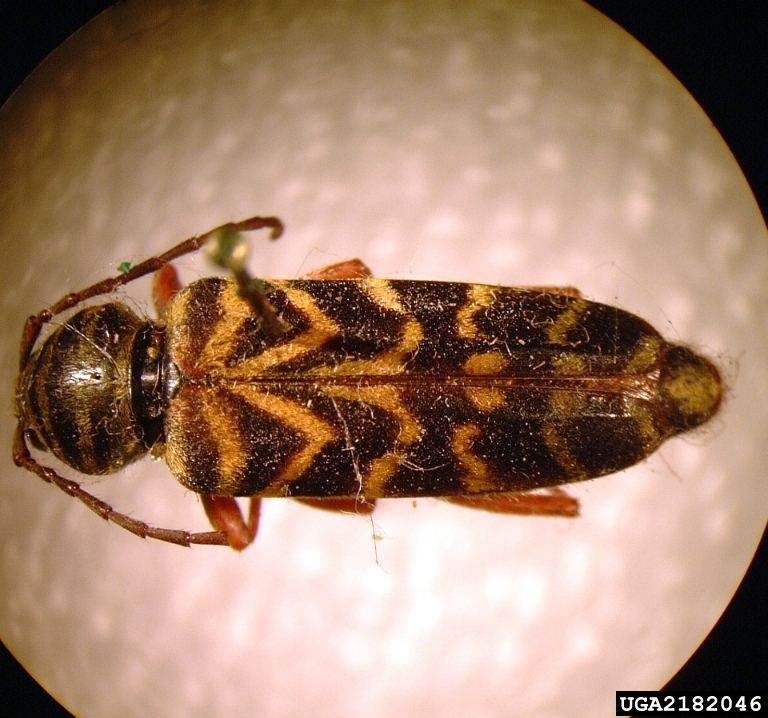ILSOYADVISOR POST
Diptera, Lepidoptera and Coleoptera—OH MY!
Scouting for early season soybean insect pests is beneficial in determining if your pre-planting management strategies are working as expected. Many growers are wisely choosing to treat their early planted soybean seeds with a minimum of an appropriate combination of fungicide/insecticide seed treatment product(s) because history has shown that those costly seeds can become life sustaining food for other natural creatures trying to survive in their own underground habitat.
There are several insect pests that should be monitored for if emergence isn’t what you had anticipated. Typically, for most of the insect pests discussed, there are limited, if any, rescue options if emergence is less than an acceptable level. The problem is that there is, more often than not, a cumulative feeding penalty where several insect species are found dining on germinating and emerging young soybean plants. Just in case your curious, the title translates to more commonly recognized maggots, worms and grubs—oh my!
Seed corn maggots can often be a pest of germinating and growing seedlings for both soybeans and corn. Fields with a history of manure applications or heavy spring weed growth are at the higher risk for damage. These critters are legless, dingy white in color with two dark spots and about a quarter of an inch long. They feed within the seedling and can delay development or cause seedling death.
Armyworms and cutworms of several different species can feed on soybeans. Fields that have heavy winter annual weed pressure or contain a cover crop are an inviting haven for incoming moths to lay their eggs. When the weeds die or are terminated with a herbicide, the larvae move to available seedlings where plants may be cut at or below the soil surface, in the case of cutworms. Or armyworms commonly feed on young vegetative tissue and can strip fields completely in severe cases. Consider insecticidal rescue treatments if larvae are less than one inch long and defoliation or cutting is at or will reach 30%.
Bean leaf beetle can overwinter in Illinois and the first-generation beetles can cause issues in first-year soybeans, especially in bean-on-bean situations. These beetles tend to vary in color from red to orange or tan, but adults always have a pronounced black triangle at the base of the forewings. While most seed-applied insecticides have activity, if pressure is great enough an insecticidal rescue could be advised if sweep counts exceed 2 – 10 beetles per plant and treatment costs and soybean prices would warrant a positive ROI. BLB also can potentially transmit Bean Pod Mottle Virus which can be an issue, especially in subsequent generations of this pest.
True white grubs, aka Japanese beetle larvae, and grape colaspis are similar underground menaces that prune roots and possibly kill plants, but more frequently create an avenue for opportunistic fungal infections such as Pythium and phytophthora to get a foothold within the plant. Injury is more prevalent when weather conditions retard development. Issues may also arise following pasture or bean-on-bean applications.
It pays to know pests that put early season soybeans at risk and recognize if your insecticide seed treatment provides adequate protection or you need a backup plan.

Lepidoptera - photo taken by Forest and Kim Starr, Starr Environmental, Bugwood.org

Diptera - photo taken by Darren Blackford, USDA Forest Service, Bugwood.org

Coleoptera - photo taken by Darren Blackford, USDA Forest Service, Bugwood.org





Comments
Add new comment